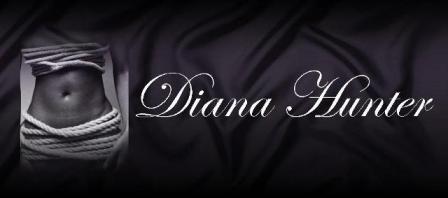Like many New Year's resolutions, my intent to keep track of all the books I read this year has fallen to the wayside. In the past several months, I've read:
several of Diana Gabaldon's short stories that take place in the Outlander universe,
about a dozen romance novels in the Regency era, including Julia Quinn's Smyth-Smith series in its entirety,
and, most recently, a book called
What She Left Behind by Ellen Marie Wiseman. It's this book that has moved me to write this post.
My Book Club is reading this as their first selection of the year (we're teachers and retired teachers, so we go by the school calendar), otherwise it may never have come up on my radar. Not knowing anything about it, I bought it (Kindle version) and read the first chapter. Imagine my surprise to discover its set at Willard Psychiatric Center in Willard, NY - a place barely thirty miles from me! It takes, as its inspiration, the discovery of over 400 suitcases left behind by the inmates of the asylum. These suitcases were found after the Center closed and staff were going through old rooms and attics. Museums were contacted and the suitcases were saved. They're now housed at the
Museum of DisABILITY in Buffalo, NY. There is also
an online story of them.
So a wonderful premise with dual storylines: a high-school girl gets roped into helping to itemize these suitcases and the story of one of the inmates told in her point of view as to how she got sent there and what happened to her. I was excited to read this book.
(Warning: I'm stepping up onto my soapbox here!)
But the author's scholarship was sloppy and that pisses me off. In the modern-day story, she references real places (her description of Willard Psychiatric is spot-on), making mention of Geneva, NY and Romulus High School as well as making several references to Seneca Lake (the buildings overlook the longest and deepest of the Finger Lakes). HOWEVER, she makes up a fictional high school for the protagonist instead of using South Seneca, the actual school anyone in that area would've attended.
Her depictions of modern teenagers is also at fault, peppering the senior class of her fictitious school with stereotypes (the Queen Bee and her minions, primarily). The obligatory party on the beach, the kids who run the classrooms (none of the teachers seem to have any control over the students in the classroom - really? For one, hasn't this been done to death and for another -- really? Teachers don't take enough bashing but you need to make
every single teacher ineffective and weak???).
So I had issues with the modern day story, but the story of the young woman who is sent to Willard in the 1920's also rang false. Willard was founded in the late 1860's as a humanist way of dealing with mental illness. People were taken from almshouses and poor houses and jails where they were treated abominably and brought to Willard, where the emphasis was on sunshine, fresh air, and healthy food. Yes, new techniques were tried, most of which we now know were ineffective at best, cruel at worst. But the emphasis was on curing the mental disease, not incarceration for no good reason, as the author implies.
Were there abuses? Probably. But the author used as one of her primary sources, the story of Nelly Bly and the reporting she'd done on the insane asylums near New York City in the late 1800's. Except Clara's story was set in the 1920's and 30's and considerable efforts had been spent making asylums a better place. And Willard was already a better place than most.
So yes, some Willard patients underwent insulin therapy and electroshock therapy. But I have a VERY hard time believing the character of Dr. Roach, who was guided only by his own self-interest. He might've worked as a character at a different asylum, but not at Willard.
What I think I'd rather read is one of her other source books:
The Lives they Left Behind: Suitcases from a State Hospital Attic by Darby Penney and Peter Stastny. But I want the hardcover of that one. The photographs by Lisa Rinzler look amazing.
Long story, short: I found the book filled with stereotypes in both storylines, with poor scholoarship on the part of the author and over-done plot points. Maybe if I hadn't had such high hopes for the book when I started I wouldn't have been so disappointed. Maybe if it didn't hit
one of my major pet peeves about books that deal with real-life issues or places, I would be able to recommend this book, but I can't. It just ticked me off too much.
(stepping off my soapbox)
Play safe!
Diana
